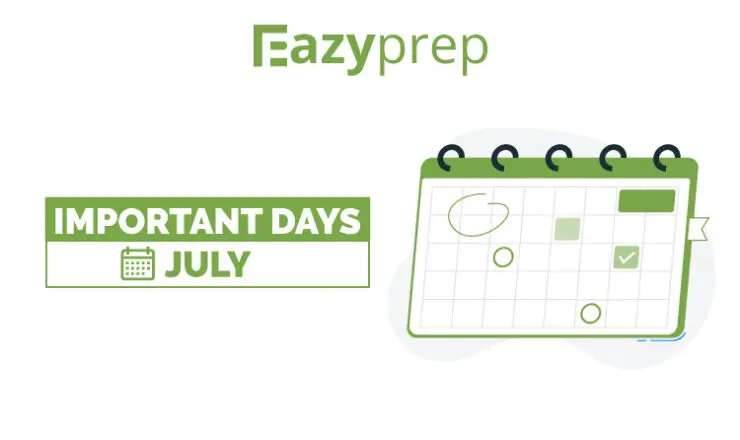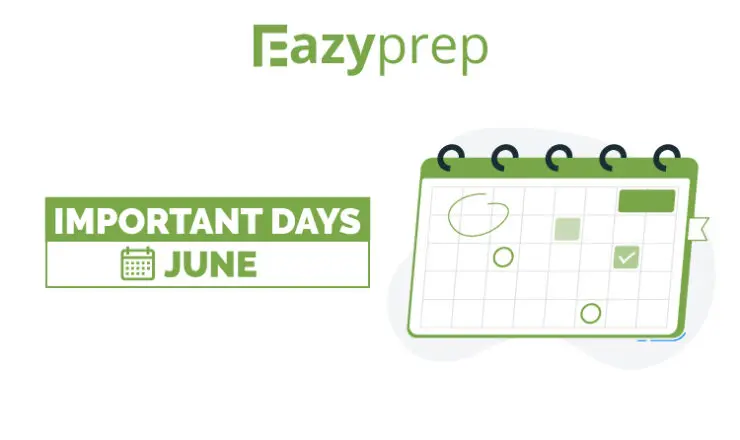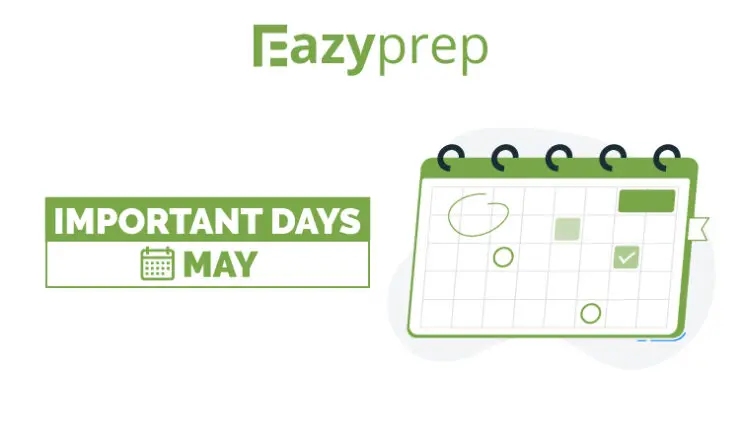![]()
 What will you learn in this article
What will you learn in this article
- What are pie charts
- What are the basic terms and formulae related to pie charts
- Basic approach to solve pie chart questions
 ExamConnect
ExamConnect
This article will help you in solving basic pie chart-based questions which feature in quantitative aptitude- data interpretation sections of entrance exams
Pie Chart and the Monsoon
We’re writing this article during the monsoon season, and are hence inspired by rain! So let’s understand pie charts with monsoon rain this time.
Imagine that someone tells you that it rained heavily all through the last four days in your city. So now you are curious. How much did it actually rain everyday in your city? Was it indeed a lot everyday?
You go on the IMD website of India, and find out that it rained 60mm totally in the past four days. Further, they give this strange little graph to show daily distribution of rain.
What does it mean?
What are Pie Charts?
The chart above is called a pie chart. Pie charts are typically used when we need to show the composition of a whole. For example, the chart above is showing what the total rainfall in a week was composed of. The entire pie by itself symbolises the whole, i.e. 60 cm of rain, and the segments signify the components, i.e. how much it rained on different days.
Some quick basics of a Pie Chart
1. Parts of a Pie Chart
A pie chart is divided into various segments or in common terms slices. Each slice represents a certain proportion or percentage of the total. In our example, the slices or segments stand for rainfall on Monday, Tuesday, Wednesday and Thursday, making up the entire four days’ rainfall.
2. Central angle of a whole pie chart
An entire circle of the pie chart is 360° and total of all the given data is equated to 360°. That means 360° in our monsoon pie chart would be equal to a total of four days’ rain, or 60 cm.
3. Formula for calculating value of individual slice
Value = (% of the slice/100) × Total value
Example: Thus, the rain on Monday= (25/100) × 60 cm = 15 cm
4. Formula for calculating value of central angle made by a slide
Degrees of angles are calculated proportionately. To calculate angle of a slice:
Angle= (Value of each slice/Total value) x 360°
Example: What is the central angle made by the Monday slice?
Thus, angle made by Monday slice= (15cm/60cm) x 360°= 360°/4= 90°
5. Calculating percentage of a slice from its absolute value
Instead of values given in percentage, if the value of each slice was given in absolute numbers, how would we calculate the percentage?
Percentage of a slice= (Value of each slice/Total Value) x 100
Thus, for Monday, (15cm/60cm) x 100 = 25%
Basic Approach to solve pie chart questions
- For attempting any question of pie chart, you need the following 3 things. Find which of the following is provided to you.
- The angle or degree of each segment or slice
- Value of the segment or slice
- Total sum of the values of the pie chart
- Using the formulae given above, you can approach any question depending on what data is provided
- Read every question carefully before attempting to answer it.
- Understand and memorize the formulas and practice these questions as much as you can before any exam.
 Check Your Understanding
Check Your Understanding
- What is the central angle of a whole pie chart?
- What do the slices of the pie chart represent?
- What is the central angle made by a slice representing 40 pieces in a complete pie chart representing 256 pieces?


